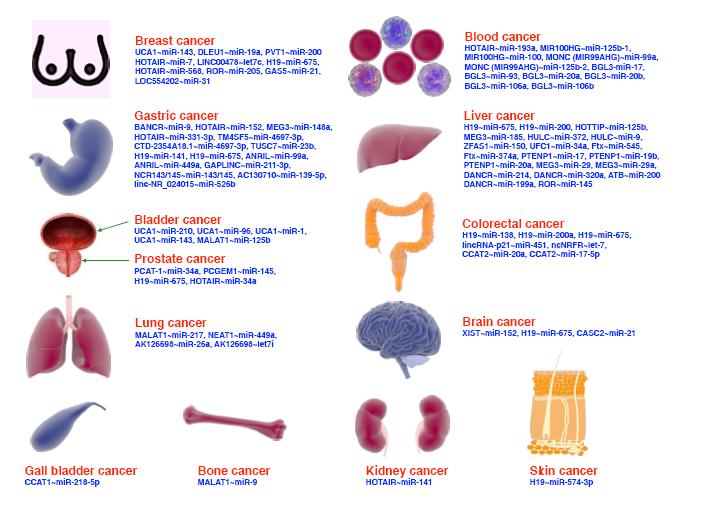| 1. |
卢春容, 谭卫国, 陆普选, 等. 2023年WHO全球结核病报告: 全球与中国关键数据分析. 新发传染病电子杂志, 2023, 8(6): 73-78.Lu CR, Tan WG, Lu PX, et al. 2023 WHO tuberculosis report: Key data analysis for China and the global world. Electron J Emerg Infect Dis, 2023, 8(6): 73-78.
|
| 2. |
中华医学会结核病学分会. 中国耐多药和利福平耐药肺结核外科治疗专家共识 (2022年版). 中华结核和呼吸杂志, 2023, 46(2): 111-120.Chinese Medical Association Tuberculosis Branch. Consensus of Chinese experts on surgical treatment of multidrug-resistant and rifampicin-resistant pulmonary tuberculosis (2022 edition). Chin J Tuberc Respir Dis, 2023, 46(2): 111-120.
|
| 3. |
方雪娥, 毛燕君. 肺结核患者营养管理护理实践专家共识. 中国防痨杂志, 2024, 46(5): 495-501.Fang XE, Mao YJ. Expert Consensus on nutritional management nursing practice for patients with pulmonary tuberculosis. Chin J Antituberc, 2024, 46(5): 495-501.
|
| 4. |
Wang P, Wang S, Huang Q, et al. Development and validation of the systemic nutrition/inflammation index for improving perioperative management of non-small cell lung cancer. BMC Med, 2025, 23(1): 113.
|
| 5. |
许文娟, 马莹, 王译民, 等. 预后营养指数预测小细胞肺癌预后的临床应用研究. 四川大学学报(医学版), 2020, 51(4): 573-577.Xu WJ, Ma Y, Wang YM, et al. Clinical application study of prognostic nutritional index in predicting the prognosis of small cell lung cancer. J Sichuan Univ (Med Sci Ed), 2020, 51(4): 573-577.
|
| 6. |
Kang M, Chang CT, Sung HH, et al. Prognostic significance of pre- to postoperative dynamics of the prognostic nutritional index for patients with renal cell carcinoma who underwent radical nephrectomy. Ann Surg Oncol, 2017, 24(13): 4067-4075.
|
| 7. |
Wang PY, Chen XK, Liu Q, et al. Application of four nutritional risk indexes in perioperative management for esophageal cancer patients. J Cancer Res Clin Oncol, 2021, 147(10): 3099-3111.
|
| 8. |
蒋亚平. 预后营养指数对初治涂阳肺结核患者疗效的预测价值. 中国卫生检验杂志, 2023, 33(7): 858-860.Jiang YP. Predictive value of prognostic nutritional index on the treatment effectiveness in newly treated sputum-positive pulmonary tuberculosis patients. Chin J Health Inspect, 2023, 33(7): 858-860.
|
| 9. |
曾雪娇. 临床营养科的挣扎与希冀. 中国医院院长, 2023, 19(7): 34-37.Zeng XJ. The struggles and hopes of clinical nutrition departments. China Hosp CEO, 2023, 19(7): 34-37.
|
| 10. |
徐欣轶. 探究基于加速康复外科(ERAS)理念的早期下床活动对肺癌患者术后快速康复影响. 线上会议: 2022.Xu XY. Exploring the impact of early ambulation based on the enhanced recovery after surgery (ERAS) concept on rapid postoperative recovery in lung cancer patients. Online Conference: 2022.
|
| 11. |
车国卫, 吴齐飞, 邱源, 等. 多学科围手术期气道管理中国专家共识(2018版). 中国胸心血管外科临床杂志, 2018, 25(7): 545-549.Che GW, Wu QF, Qiu Y, et al. Multidisciplinary perioperative airway management chinese expert consensus (2018 Edition). Chin J Clin Thorac Cardiovasc Surg, 2018, 25(7): 545-549.
|
| 12. |
Zheng YL, Huang RS, Liang XY. Identification of preoperative risk factors associated with prolonged length of stay after lobectomy. Heliyon, 2023, 9(5): e16061.
|
| 13. |
Li J, Zhu N, Wang C, et al. Preoperative albumin-to-globulin ratio and prognostic nutritional index predict the prognosis of colorectal cancer: A retrospective study. Sci Rep, 2023, 13(1): 17272.
|
| 14. |
Zhang Q, Bao J, Zhu ZY, et al. Prognostic nutritional index as a prognostic factor in lung cancer patients receiving chemotherapy: A systematic review and meta-analysis. Eur Rev Med Pharmacol Sci, 2021, 25(18): 5636-5652.
|
| 15. |
侯婧, 方雪晖, 厉虹淼, 等. PNI与老年肺结核患者合并肺部细菌感染的相关性. 中国老年学杂志, 2023, 43(8): 1826-1829.Hou J, Fang XH, Li HM, et al. Correlation between PNI and pulmonary bacterial infection in elderly patients with pulmonary tuberculosis. Chin J Gerontol, 2023, 43(8): 1826-1829.
|
| 16. |
李爽, 刘盛盛, 王华, 等. 基于预后营养指数的分级营养干预对耐药肺结核患者的应用效果. 热带病与寄生虫学, 2024, 22(2): 107-111.Li S, Liu SS, Wang H, et al. Application effect of graded nutritional intervention based on prognostic nutritional index on patients with drug-resistant pulmonary tuberculosis. J Trop Dis Parasitol, 2024, 22(2): 107-111.
|
| 17. |
Ryan AM, Hearty A, Prichard RS, et al. Association of hypoalbuminemia on the first postoperative day and complications following esophagectomy. J Gastrointest Surg, 2007, 11(10): 1355-1360.
|

 1/5
1/5
